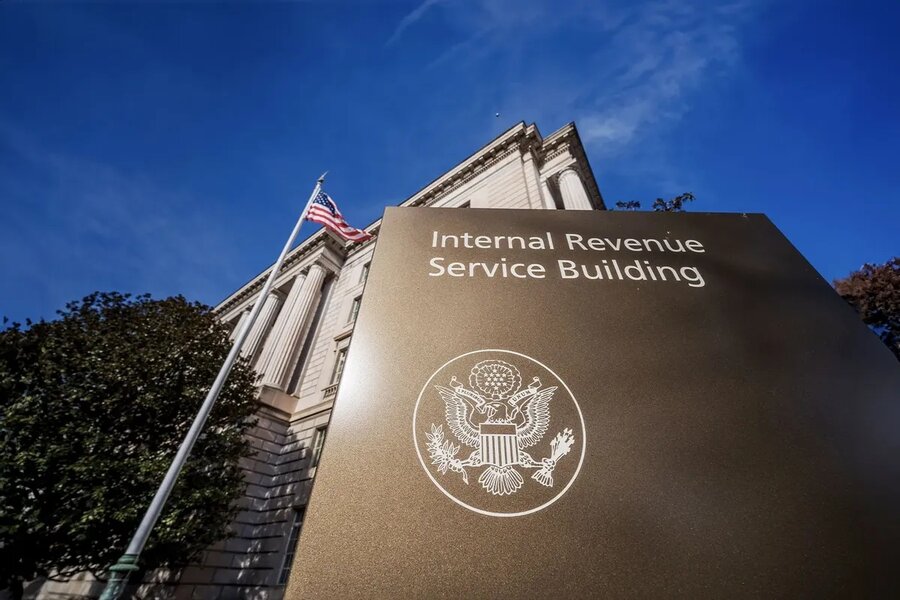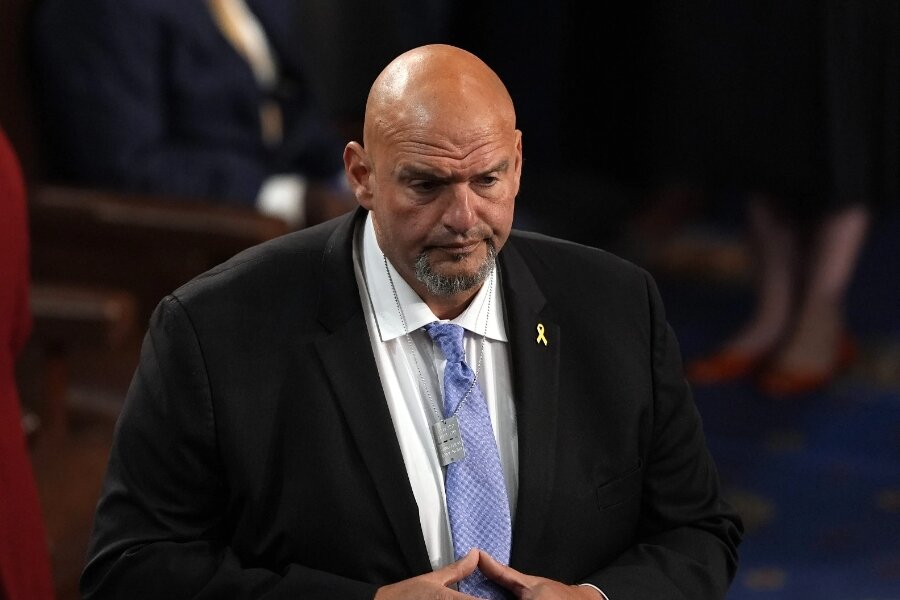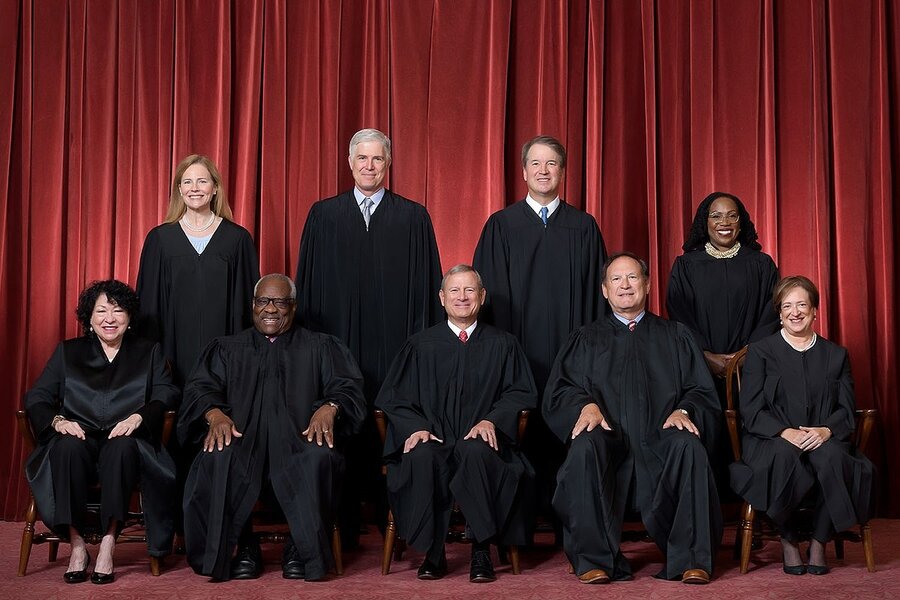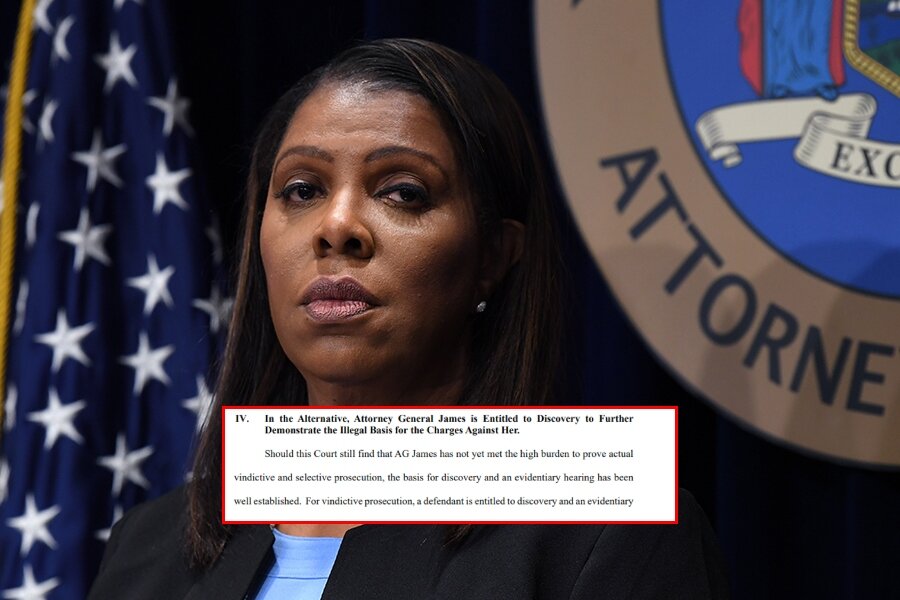The IRS unveiled the new federal income tax brackets for 2025.
Every bracket was changed, including the top one. Single taxpayers making more than $636,350 and couples making more than $751,600 will be subject to a 37 percent tax rate. That’s up from $609,350, and $731,200, respectively.
Here are the other new brackets, with the old income thresholds in parentheses:
- 35 percent tax for singles making more than $250,525 ($243,725) and married couples making more than $501,050 ($487,450)
- 32 percent tax for singles making more than $197,300 ($191,950) and married couples making more than $394,600 ($383,900)
- 24 percent tax for singles making more than $103,350 ($100,525) and married couples making more than $206,700 ($201,050)
- 22 percent tax for singles making more than $48,475 ($47,150) and married couples making more than $96,950 ($94,300)
- 12 percent tax for singles making more than $11,925 ($11,600) and married couples making more than $23,850 ($23,200)
- 10 percent tax for singles with incomes of $11,925 or less ($11,600 or less) and married couples making $23,850 or less ($23,200 or less)
The adjustments mean that, in many instances, “taxpayers will not be adversely impacted by inflation in determining their tax obligations,” Mark Luscombe, principal analyst at Wolters Kluwer Tax & Accounting said.
“Also, taxpayers with the same income in 2025 as in 2024 will see their taxes lowered due to expanded tax rate brackets, a higher standard deduction, and other inflation-adjusted provisions.”
The IRS also announced that it is increasing the standard deduction for individuals by $400 and for married couples by $800.
The new deductions will be $15,000 for single filers and $30,000 for married couples.
The changes are for tax year 2025. That means they’ll be implemented in tax returns that are filed in 2026.
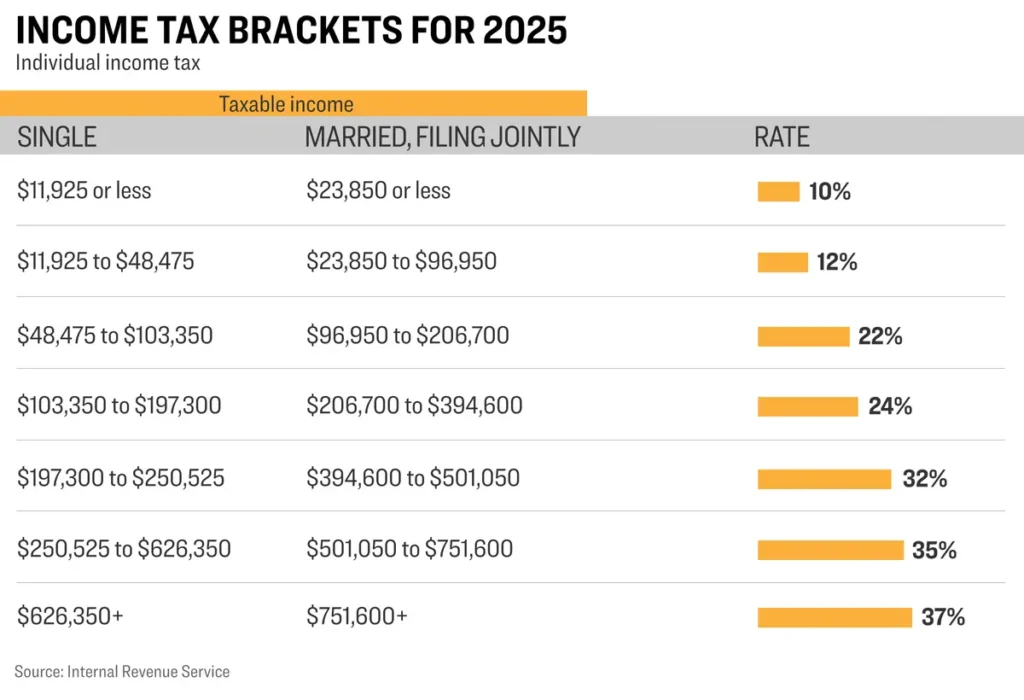
The IRS stated that the alternative minimum tax exemption amount starts at $88,100 for unmarried people, up from $85,700. For married people filing separately, the exemption amount starts at $68,650. For all single filers, the exemption amount starts to phase out at $626,350. Previously, the phase-out started at $609,350.
The exemption amount for married couples filing jointly starts at $137,000, up from $133,300, and starts to phase out at $1,252,700. Previously, the phase-out started at $1,218,700.
Taxpayers with at least three children could be eligible for earned income tax credits. Those credits will go up to $8,046, up from $7,830.
The monthly limit for the qualified transportation fringe benefit, which applies to commuters, is being increased by $10 to $325.
Under the IRS updates, employees will be able to contribute up to $3,300 to health flexible spending cafeteria plans, an increase of $100.
Changes are also being made to medical savings accounts. People who have self-only coverage will have to have annual deductibles of at least $2,850, a slight increase, but no more than $4,300, up by $150. The maximum out-of-pocket expense will increase by $200 to $5,700.
The deductible range for family coverage is also increasing by $200 in each direction, to a range of $5,700 to $8,550, and the maximum out-of-pocket expense is going up by $300 to $10,500.
The IRS is also increasing the foreign earned income exclusion to $130,000, the basic exclusion amount for estates of decedents to $13,990,000, the annual exclusion for gifts to $19,000, and the maximum credit for adopting special needs children to $17,280.
Share your thoughts by scrolling down to leave a comment.

